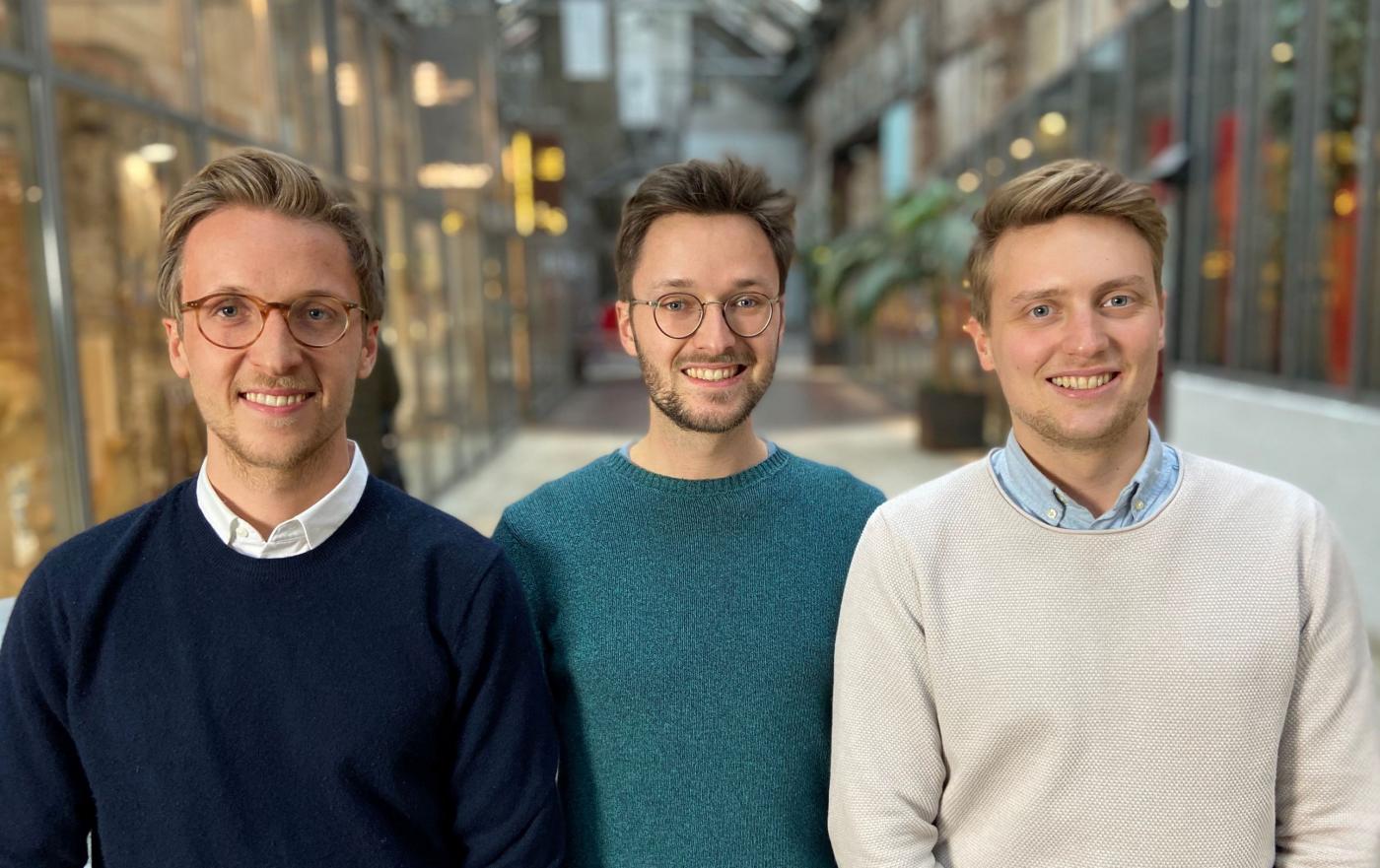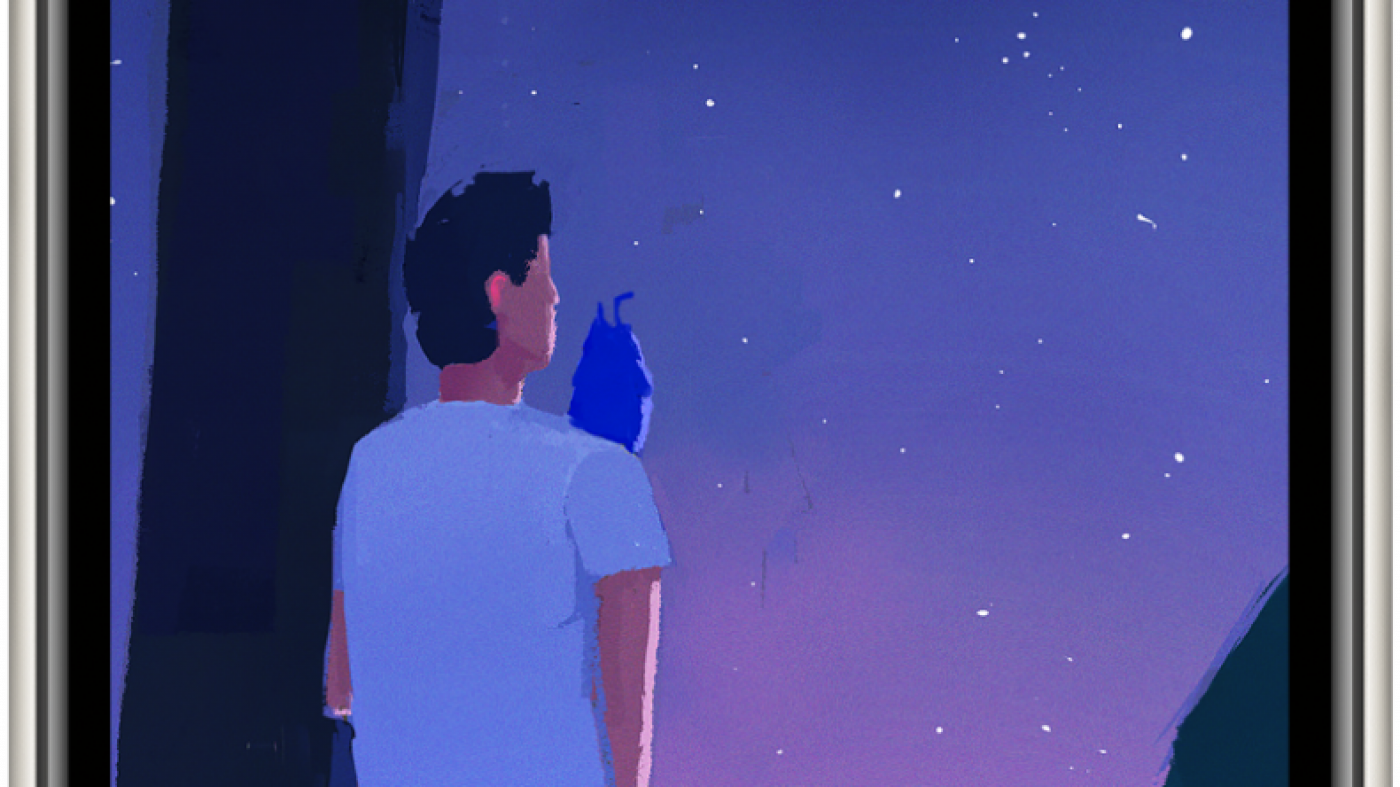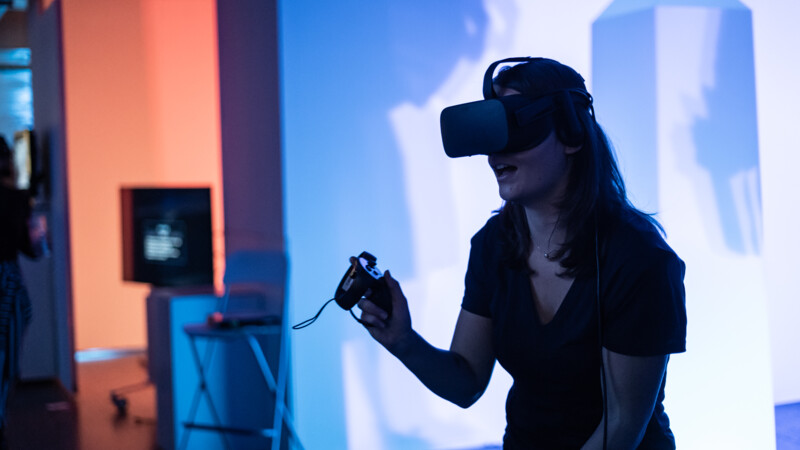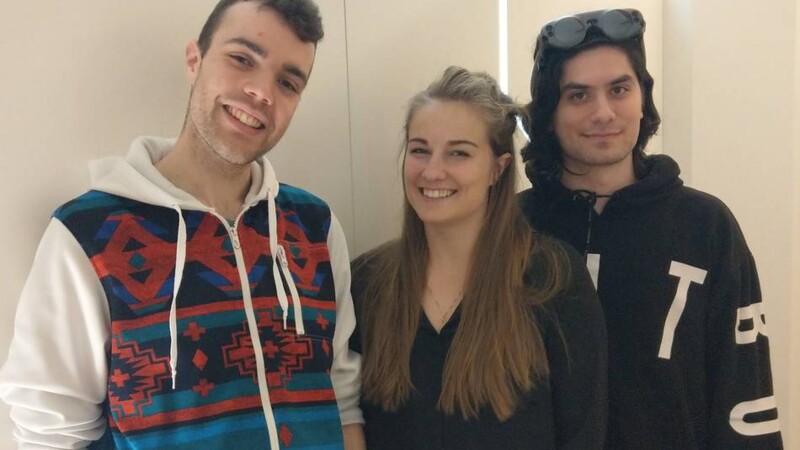“It starts with a consultation to find out whether Invirto is suited to treating the particular phobia. This concerns primarily patients with agoraphobia, social anxiety or panic attacks,” Angern explainedf. If the treatment is suitable, a package with VR headset, headphones and access to the Invirto app is delivered to the patient’s home to commence the therapy immediately. That requires explanation from the outset: What lies behind the particular phobia and what are the strategies for overcoming it? “Invirto is an exposure therapy. The patients learn how to confront their real fears in a virtual world,” Angern explained. Immersion in a virtual world is safe for the patient as it's not real after all.
Fear is a normal reaction to danger. However, a phobia – often associated with a feeling of helplessness and physical symptoms such as palpitations, sweating and vertigo – is something quite different. According to Statista, 25 per cent of the population fall prey to phobia at least once in their lives. The pandemic has exacerbated this situation and a further 76 million cases are said to be linked to the coronavirus pandemic, according to Christian and Julian Angern and Benedikt Reinke, founders of Sympatient. The team has come up with an innovative solution to this development.
“While there are fantastic psychotherapists, the waiting period before starting a course of therapy is still around five months.” Much too long, Christian Angern believes. The Invirto therapy developed by Sympatient aims to offer instant assistance. Invirto combines a psychotherapeutic app and Virtual Reality exercises with guidance from a therapist.
Treating agoraphobia and panic attacks

Power of immersion
The immersion called up by VR has become so convincing that the brain’s virtual sensory impressions are perceived as real, and the experiences felt are effective for this reason. The patients then discuss their experiences of perceptions with their therapist in a video consultation. “For many patients, it’s incredibly important that they confront a phobic situation and to go to the supermarketl, for instance, or enter an elevator without suffering a panic attack,” Angern said in stressing the significance of virtual positive experiences.
Does the future lie in digital therapy? Sympatient sees its approach as a supplement to other therapies. “Our aim is to support doctors and psychotherapists by means of our digital application and to ease the load on them by offering contemporary digital psychotherapy. We regard ourselves as an extension to those offering treatment.”

Health insurance companies to pay the costs
In any case the trend to digital treatments is on the rise. The eHealth Monitor 2021 of McKinsey consultants sees great progress in telemedicine, along with the licensing of digital health applications. The number of digital consultations rose 900-fold in 2020 to almost 2.7 million and downloads of the Top 40 health apps doubled to 2.4 million. The Invirto app by Sympatient, which was set up in 2017, and was approved by Germany’s Office for Medications and Medical Products (BfArM) in late 2020, when the official licence as digital health application was issued. For patients, this means that their health insurance will cover the costs of the treatment.
Times are good for entrepreneurs
How does Sympatient finance its ongoing research and development? The start-up is currently working on various additions to VR technology and looking into the biofeedback process, by means of which additional data can possibly be gained for psychotherapy. “We are currently in the midst of another financing round,” Angern said. Looking for potential investors is frequently a second, full-time job for entrepreneurs. Nevertheless, the additional input pays off for many of them. Risk capital investment rose to a new global record last year. In 2021, a total of USD 671 billion put into start-ups – almost twice as much as in the previous year (+ 93.5 per cent) – according to a study by KPMG auditors and consultants.
ys/kk/rm/pb/
Read part 1 of our series: Relieving phantom pain with virtual reality
Sources and further information
More
Similar articles

Surviving crises with smart mental health ideas from Hamburg

Virtual crash tests or factory planning – VR takes over economy

Phoenix Reality: Into the future with Mixed Reality
